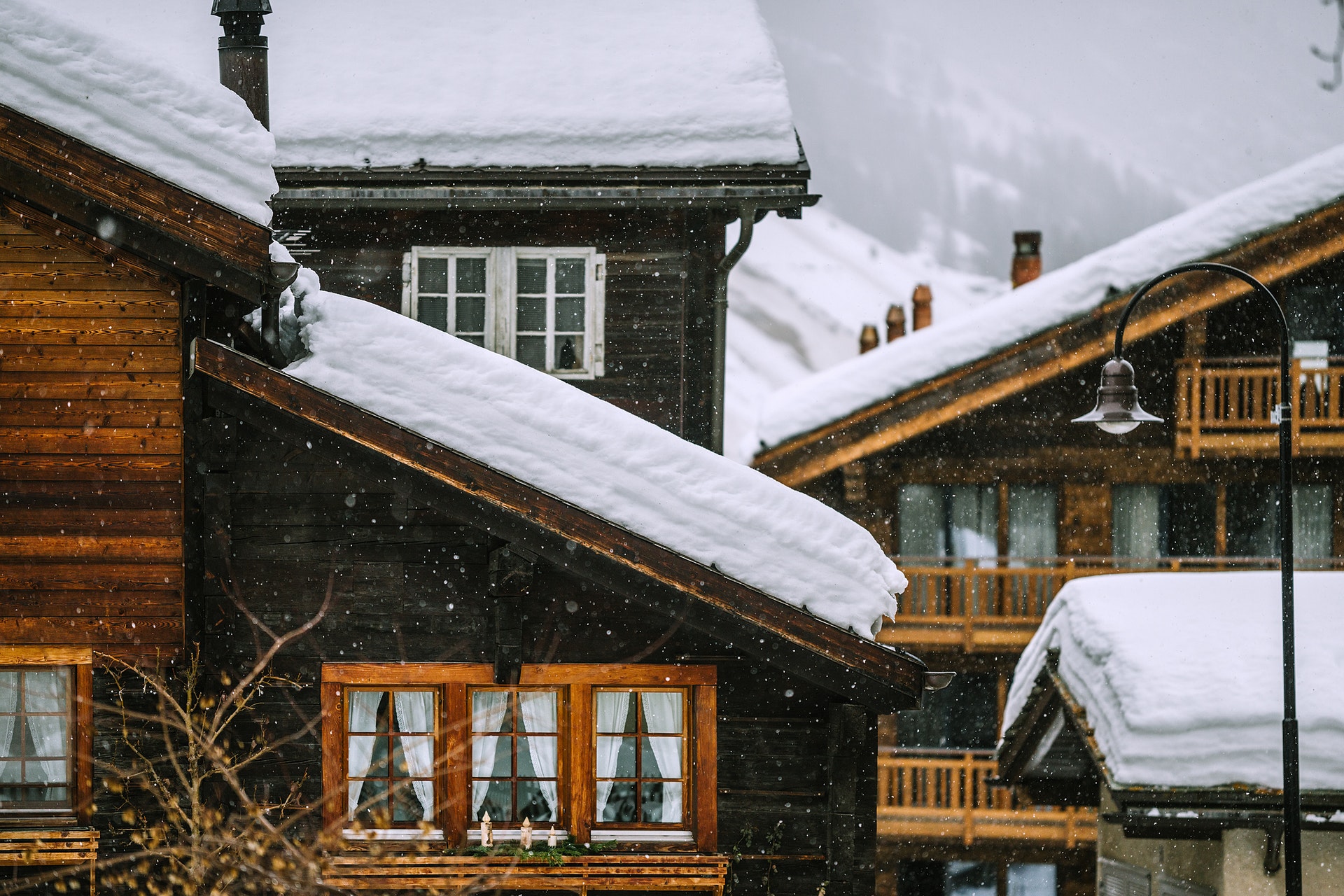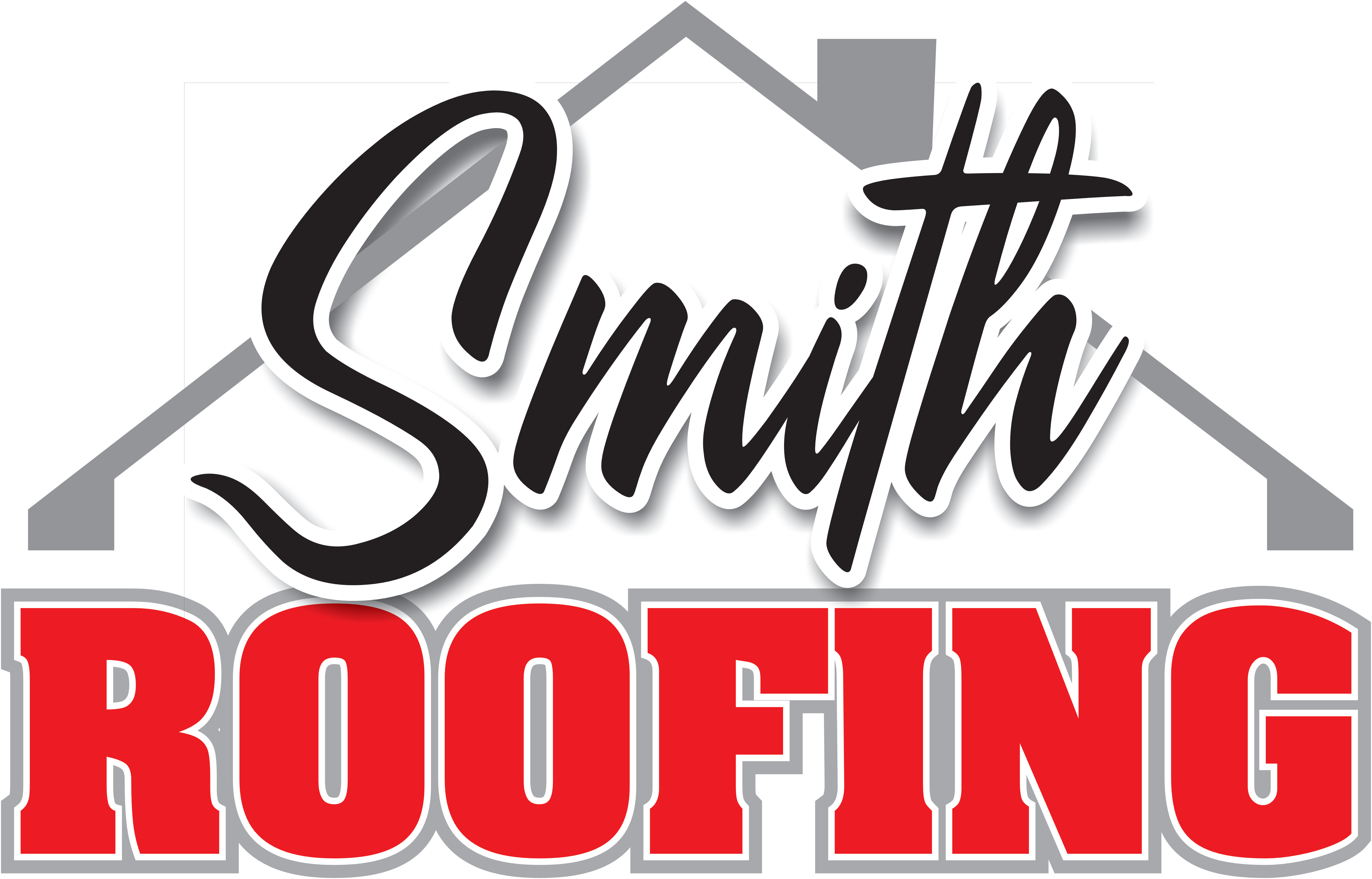The top 10 most harmful threats to your roof

The roof is an often overlooked, but essential part of any house or building. It is the literal top that holds the house together and protects the inhabitants inside. New roofs are slated to last up to 20 years for a shingle composite roof, and up to 50+ years for copper or tin roofs.
Routine roof maintenance can help avoid some problems, but sometimes issues arise that can be a real threat to your home, your roof, and your safety.
The roof is rarely thought about UNTIL there is a problem.
Here are the top 10 most harmful threats to YOUR roof:
Termites
Termites are not just a nuisance to the walls and structure of your home, they can wreak havoc on the roof, and if left to infest, can affect the structural integrity of the roof. The termites feed on cellulose which can be found in the wood components of a home.
Getting help from a professional termite treatment company at the first sign of termite activity can fend off expensive repairs the termites might cause to your roof. Multiple treatments may be necessary, so be sure to inquire about warranties and follow up if any termite activity is noticed in the future.
Wind and Haboobs
Wind can be a powerful force. It can be used to produce energy via windmills, but when it comes to a roof, wind can quickly cause excessive damage. Strong winds can damage or fully rip off shingles, tiles, metal, and other roofing materials, leaving the roof open to water damage and leaks.
In the southwest area of the US, heavy winds can create huge walls of dust and sand called haboobs during thunderstorms. They can blow down from multiple directions during the storm, destroying entire sections of a shingled roof, and pelting the house with powerful sand, similar to a hail storm.
Trees
Trees provide shade, some produce fruit or syrup, and can be used to produce building materials. However, after a thunderstorm, branches or needles can fall directly onto the roof, puncturing or damaging the roof.
Keeping all trees around the property pruned and trimmed will help keep debris from accumulating on the roof while keeping critters away. For large and overgrown trees, consider hiring a professional tree trimming service to keep the branches and debris to a safe level.
Hail
Hail is formed during thunderstorms when water droplets freeze, forming solid chunks of ice called hailstones as it comes pummeling toward the ground.
The hailstones are powerful and can pelt your vehicle causing permanent damage.
It can also damage the roof of your home, indenting the shingles, metal, or tiles of the roof, compromising the integrity of the material and its ability to protect your house. Also, the damage can cause the materials underneath the roofing to become soft or damaged, which can attract various animals that can cause further damage.
Birds
Animals are all around us but can become a troublesome nuisance for a roof. Birds can make their home along the underside of the roof, building their nests with materials taken from around the property. They also remove small pieces of materials for their nests from the roof, which can cause small tears in the shingles leaving them more susceptible to future leaks.
Additionally, bird droppings can be highly acidic, which can damage asphalt roofing materials and other structures on the roof such as the A/C unit.
Removing birds and finding ways to encourage them to move on as soon as they arrive is the best way to ensure they do not stay for the long term.
Rodents/Squirrels
Animals such as squirrels and roof rats may also chew through parts of the roof to gain access to the attic. Once in the attic, they can begin to chew and destroy the insulation in your home.
The rodents chew on electrical wires that can leave the home open to potential fire hazards, or even chew right through metal piping.
These animals can be a health hazard as well. The droppings they leave behind can cause allergies or bring other viruses like Hantavirus pulmonary syndrome, fleas, and even carry the bubonic plague.
Being aware and on the lookout for any animal droppings can be the difference between a nuisance versus an infestation.
Sun
The sun continually beats down UV rays onto the roof, day after day. Eventually, the sun can start to deteriorate tiles and cause shingles to become thin, leaving them weakened and open to water damage or animals trying to gain entry to the home.
Consult with a roofing company to determine if it is time to replace older, sun-damaged shingles.
Snow
Heavy snow can accumulate on top of the roof, causing it to become too heavy, and cause the roof to cave in. Sitting snow can melt resulting in water damage, in addition to putting strain on any existing gutters.
In some parts of the country, snowstorms can last for 3 or more hours with large amounts of blowing storms that become blizzards. Blizzards can cause significant damage to the home, and also cause the uprooting of large trees and branches. Overhanging branches can crash onto the roof if not maintained properly. Blizzards can be so powerful that they can lift off shingles, tiles, or even entire sections of roofing.
Before the winter season, be sure your roof is in good condition, replace any damaged or missing shingles, and be sure to keep the gutters clean and in working condition.
Living in southeast Idaho where the snow is a recurring nightmare in the winter? Check out this article to “Idaho-proof” your roof.
Ice
Frozen water from snow and ice melting from the roof can produce icicles, which can create a dual challenge. First, the icicles can crack off as they begin to melt off the roof and become a hazard to anyone underneath as they fall to the ground. Second, the frozen icicles can become heavy and put additional weight on the side of the roof, causing tiles or shingles to crack or become soaked with moisture, leading to additional damage to the roof.
One solution to preventing ice is raking or shoveling off the snow before it can become ice, or hiring a professional roofer to remove ice from the roof.
Water damage/ponding
Ponding is the unwanted pooling of water. Standing water on a roof, especially flat roofing, can cause unwanted algae to be produced, and encourage the early erosion of shingles and other roofing materials.
Water that is left standing can cause rotting of the roof materials, and leave the roof open to future leaks. Standing water may weaken the shingles or tiles, which can leave the roof open to future damage from rain, storms, or even the sun.
